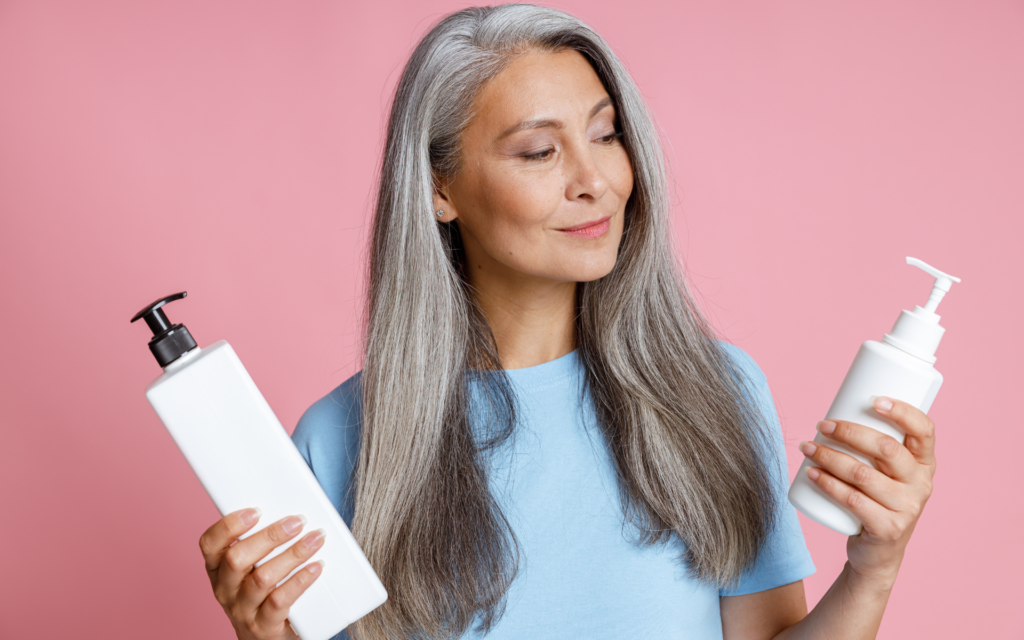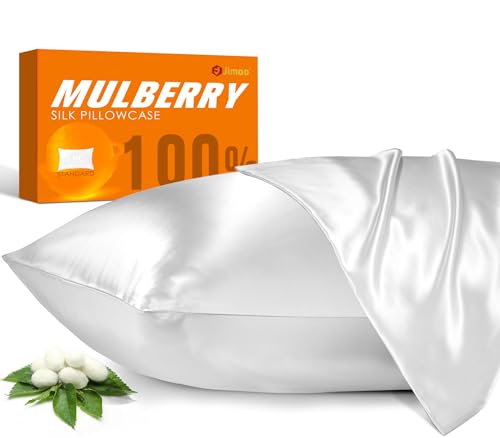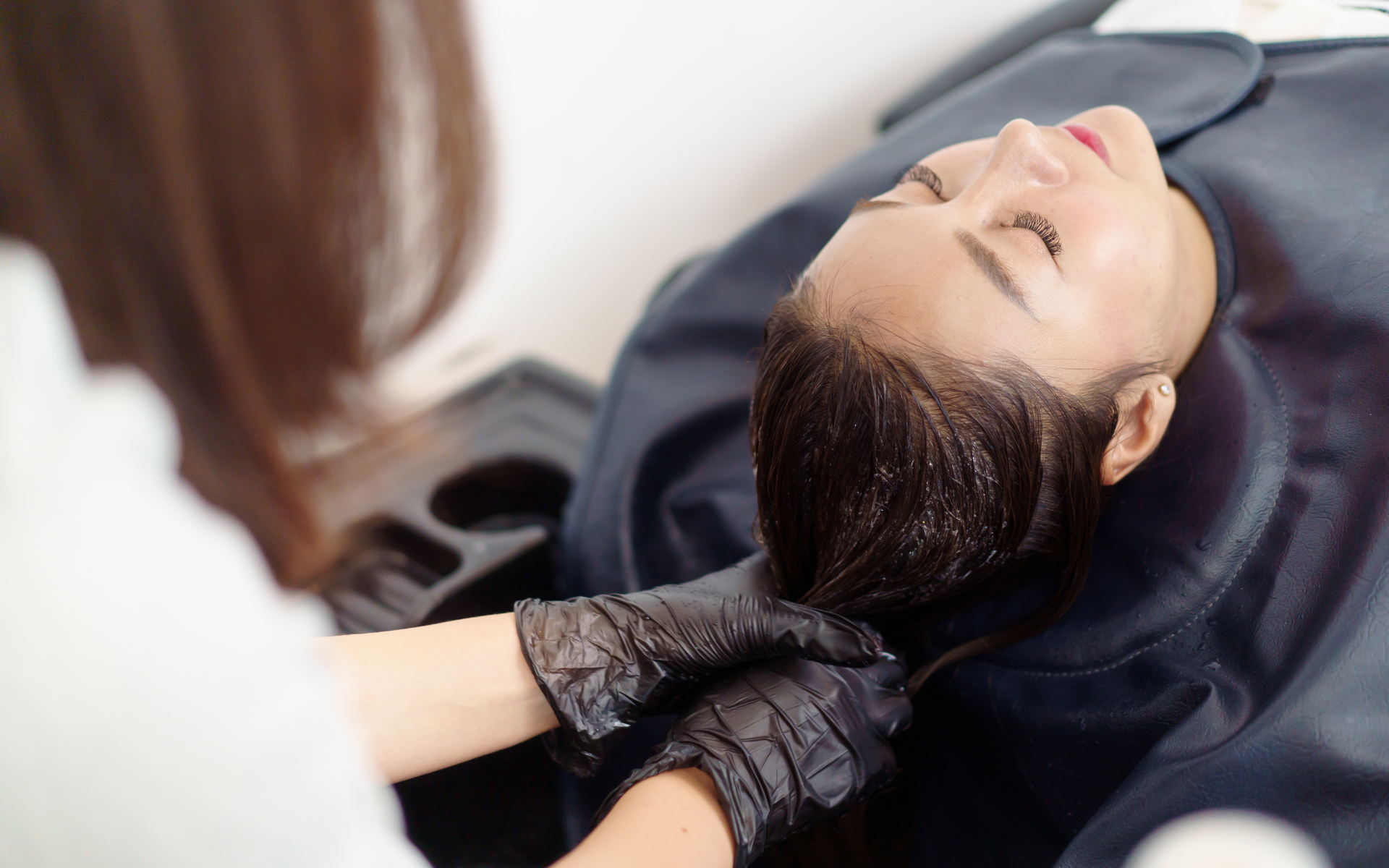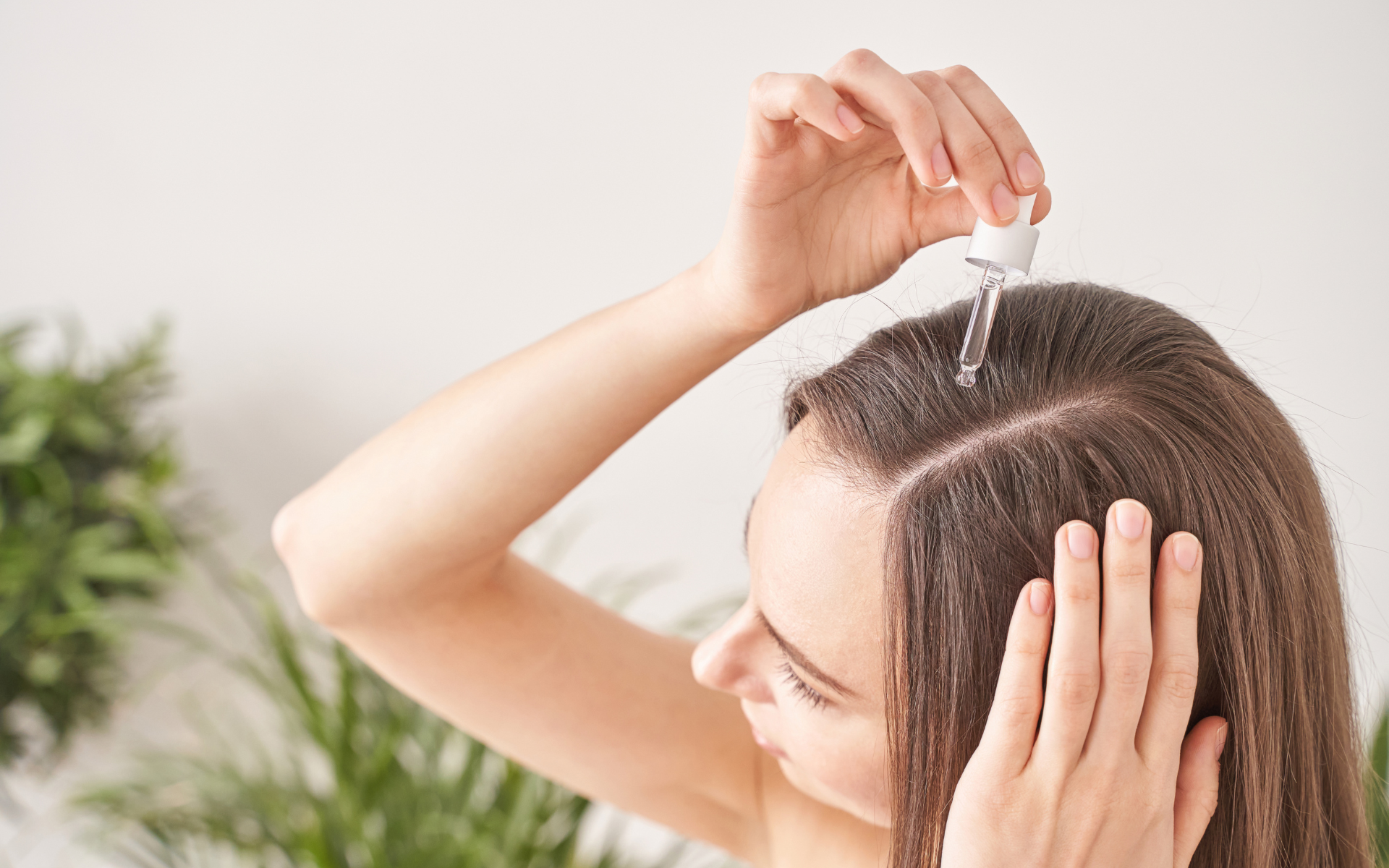When it comes to achieving beautiful, healthy hair, knowing where to start can be challenging. The best hair care routines are not only simple but also grounded in proven practices that focus on hair and scalp health. Below, we break down the essential elements of an effective hair care regimen, incorporating expert advice and research-backed methods to help you get your best hair yet.
Cleanse with a Quality Shampoo
Cleansing is essential to remove oils, product build-up, and environmental debris. However, according to the American Academy of Dermatology (AAD), frequent washing—especially with harsh shampoos—can strip your hair of its natural oils, leading to dryness and damage, particularly for those with dry or textured hair. For many people, washing two to three times per week is adequate. A gentle, sulfate-free shampoo can keep hair clean without stripping natural oils. Explore this gentle shampoo.
Condition Regularly for Moisture and Protection
Conditioner is essential to replace moisture, reduce friction, and protect hair cuticles. A 2020 study in the Journal of Cosmetic Dermatology found that regular use of conditioner significantly improves hair manageability and reduces damage. Experts recommend focusing conditioner application on the mid-lengths and ends to avoid an oily scalp. Dr. Shani Francis, a dermatologist specializing in hair health, suggests leaving the conditioner on for 3–5 minutes for maximum effect, especially for dry or damaged hair. A hydrating conditioner can be ideal for adding moisture and shine. Check out this nourishing conditioner.
Add a Weekly Deep Conditioning Treatment
Deep conditioning is crucial for replenishing moisture, particularly for dry, curly, or color-treated hair. Ingredients like argan oil, shea butter, and keratin are especially nourishing. Research has shown that oils like coconut oil can penetrate the hair shaft, providing deep hydration and reducing protein loss (as published in the Journal of Cosmetic Science, 2009). To restore hydration and softness, consider a deep conditioning mask. Find a recommended deep conditioning mask.
Use Heat Styling Sparingly and with Protection
Heat styling tools, when used frequently, can damage the hair cuticle, leading to breakage and split ends. In a 2011 study, the International Journal of Cosmetic Science found that high heat can weaken hair proteins, especially with daily exposure. To protect against this, always use a heat protectant spray and try to limit the temperature setting to the lowest effective heat. A reliable heat protectant spray can help shield hair from high temperatures during styling. This trusted heat protectant spray here.
Prioritize Scalp Health for Stronger Hair
Healthy hair starts with a balanced scalp. A 2021 article in The International Journal of Trichology emphasized that scalp conditions like dandruff and inflammation can hinder hair growth and strength. Exfoliating treatments or gentle scalp scrubs can be beneficial for clearing dead skin and stimulating circulation. Additionally, massaging the scalp encourages blood flow to hair follicles, supporting growth. To achieve a refreshed, healthier scalp, try a specialized scalp scrub. Explore this effective scalp scrub here.
Eat a Balanced Diet with Essential Nutrients
Your diet plays a critical role in hair health. Nutrients like protein, iron, zinc, and vitamins (especially A, C, D, and biotin) are essential for hair growth and strength. A review published in Dermatology and Therapy (2023) linked nutrient deficiencies with hair thinning and slow growth, especially for those low in iron and vitamin D. Foods like eggs, nuts, leafy greens, and fish are excellent for providing these nutrients. For added support, consider a hair-boosting supplement that provides key vitamins and minerals. Check out this recommended supplement here.
Use Anti-Pollution Products to Protect Against Environmental Damage
Environmental pollutants and UV rays can degrade hair quality, leading to dryness, breakage, and color fading. A 2022 study in Scientific Reports found that UV radiation breaks down proteins in the hair shaft, making hair more vulnerable to damage. Anti-pollution hair treatments and UV-protective sprays can create a barrier against these factors, keeping hair healthier and stronger. For effective protection, consider a UV-protective hair spray. Find a suitable protective spray here.
Choose Silk or Satin for Bedtime
Silk and satin pillowcases are gentler on hair than traditional cotton, which can create friction, causing frizz and breakage. A 2024 study in the Journal of Dermatology and Cosmetology found that individuals who used silk pillowcases had reduced hair breakage and improved texture. Silk and satin pillowcases are especially beneficial for curly, fine, or damaged hair. To minimize frizz and protect your hair while you sleep, explore options for silk pillowcases. Discover a silk pillowcase that can help you here.
Conclusion
Following a balanced hair care routine with gentle cleansing, conditioning, and protection against damage can lead to healthier, stronger hair over time. Remember, each hair type has its unique needs, so finding what works best for you is key. By incorporating these expert-recommended practices, you’ll be well on your way to achieving your healthiest hair yet. Browse our full selection of recommended hair care products for every step of your routine.
Shop My Favorite Items Below:
Cleanse with a Quality Shampoo: https://amzn.to/4bNcFzL
Nourishing Conditioner: https://amzn.to/3XKeOqc
Deep Conditioning Mask: https://amzn.to/4kOGfJc
Heat Protectant Spray: https://amzn.to/4kOsPgk
Scalp Scrub: https://amzn.to/4kOsdY8










